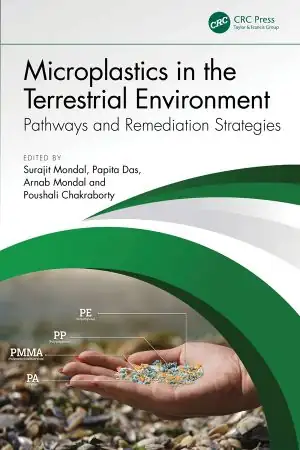
Chromic Phenomena: Technological Applications of Colour Chemistry, 2nd Edition
- Length: 584 pages
- Edition: Second Edition,Revised
- Language: English
- Publisher: Royal Society of Chemistry
- Publication Date: 2010-02-12
- ISBN-10: 1847558682
- ISBN-13: 9781847558688
- Sales Rank: #4541719 (See Top 100 Books)
Description
In the last decade there has been a huge increase in research into colour related phenomena, matched by a large number of new technological applications of commercial value requiring a fully revised and updated edition of the first book. The second edition covers the areas where chemicals or materials interact with light to produce colour, a colour change, or luminescence and where “coloured” compounds are used to transfer energy or manipulate light in some way. Whilst maintaining the same format as the first edition, the topics covered and content have been considerably expanded to take account of the enormous amount of novel research being carried out in the field of chromic phenomena. Emphasis is given to the applications of such chromic phenomena in newer developments in cutting edge technologies and on the future technological applications of these and other colour related phenomena. The classic chromisms have been joined by sections on excitonic coupling in aggregates and plasmonic coupling in metallic nanoparticles. The heartland of industrial color chemistry, dyes and pigments, are covered together with developments in nanopigments and digital printing. Luminescent phenomena are at the centre of many of the newer products, such as fluorescent and electrochemiluminescent probes and sensors and the burgeoning field of quantum dots is described. Inorganic and organic LEDs are covered with their applications in lighting and displays highlighted. Photosensitisers absorbing in the IR and visible region and their application in optical data storage, photomedicine, solar energy and artificial photosynthesis are reviewed. Finally, the manipulation of light by liquid crystals and other photonic materials is described, alongside an account of their use in flat panel displays, holography and 3D data storage media, special effect pigments, lasers, and non-linear optical applications. The book is of interest to industrial chemists, professionals, postgraduates and recommended reading for colour technology courses at academic institutions.
Free ChaptersTry Audible and Get Two Free Audiobooks »
To access the link, solve the captcha.
Recommended BooksMore Similar Books »







